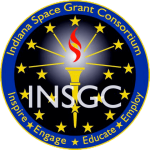NASA OSTEM Internships
Currently, NASA OSTEM Internships, Fall applications are open. OSTEM Mentors are preparing to review Fall applicants. To assist with the Space Grant, OSTEM Intern, sponsorships process, I will provide a report of the current applicants in the Gateway Applications System by Consortia member, by request only. The Fall Internships sponsorship reminders and updates are as follow:
- Email Valerie.d.Ellis@nasa.gov to request the OSTEM Internships Applicants Report from Gateway using the following subject line: *Request Fall 2024 Intern Applicants Report*
- Encourage affiliate student networks to apply by the Fall, OSTEM Internships applications deadline: Friday, April 5.
- Enter finalized, fall sponsorships data into the Online Sponsorships Form soon as possible.
- The Space Grant sponsorships data is very beneficial for OSTEM Mentors without intern, stipend funding to have during the candidate selections process. The sponsorships data will be shared with OSTEM Mentors as they make final candidate decisions.
- Fall session internships dates: August 26 – December 13 (16 weeks)
OSTEM Internships will offer Fall opportunities as virtual, in-person, and hybrid. Additionally, all Consortia are expected to fund OSTEM Interns for the fall session at the new NASA Stipend rates. The new, fall intern, stipend rate requirements for full-time and part-time, 16-week interns are as follow:
| Student Type | Stipend | ||
| Undergraduate Full-Time | $13,120 | ||
| Graduate Full-Time | $15,840 | ||
| Undergraduate Part-Time (20 hours weekly) | $6,560 | ||
| Graduate Part-Time (20 hours weekly) | $7,920 |
A reminder, interns selected for Fall internships will be required to travel to a NASA Facility for badging. The Center, Internships Specialist will provide the awarded interns more information on badging after the NASA Offer letter is officially accepted in Gateway.
Please email if you have any questions. I look forward to working with your Consortia to sponsor Fall, OSTEM Interns! Thank you.
Europa ICONS Internship
The new Inspiring Clipper: Opportunities for Next-generation Scientists (ICONS) internships will bring members of the Europa Clipper mission team together with undergraduate students for 10-week programs that give students the opportunity to conduct original scientific research.
- Internships may be in-person at the mentor's institution, virtual, or hybrid, depending on the research project and needs of the mentor and intern.
- Near the end of the 10 weeks, students and mentors will convene for a two-day conference.
- Interns will receive a $12,000 stipend for the duration of the program, and may be eligible for travel, housing, and relocation allowances, depending on the location of their research activities.
- The first Europa ICON internship will run June 3-Aug. 9, 2024.
- Student applications are due Feb. 2, 2024, and can be found on the NASA STEM Gateway or here by searching "Europa ICONS."
NASA TO THE MOON 2024!
INTERNS CAN HELP MAKE THIS HAPPEN!
"Considering applying to a @NASA internship? Go for it! The answer is always no if you don’t apply.” -Miranda Bitting, senior & intern working on a project called Delmarva Mesonet.
Contact Info:
JPL Education Office - Student & Faculty Programs
internships@jpl.nasa.gov
(818) 354-1260
Pathways Program
Vacancies for the Pathways Program open February 1! Click here to learn more.
It’s never too early to get started. At NASA, you have the opportunity to work and explore careers while still in school. The Pathways Program provides current students with paid work experience and recent graduates with a dynamic career development program at the beginning of their careers. Both offer the chance for permanent employment at the agency. Check out the recording from our Pathways Program webinar.
And learn more about some of the extraordinary projects and experiences of our Pathways Interns. Are you ready to explore the extraordinary, every day? View NASA Pathways Intern opportunities here.
NASA’s Space Life Sciences Training Program (SLSTP) Summer Internship Applications Are Open
The primary goal of the Space Life Sciences Training Program (SLSTP) is to train the next generation of scientists and engineers, enabling NASA to meet future research and development challenges in the space life sciences. The SLSTP provides undergraduate students with the opportunity to perform cutting-edge research and discover exciting careers in Space Biology at NASA’s Ames Research Center located in Silicon Valley, California. Due to the pandemic, the 2020 internship was held virtually, and the 2021 program will be held remotely as well. Interns are paired with a mentor for individual research projects in areas such as molecular, cell, organismal or synthetic biology, bioinformatics or bioengineering. In addition, the cohort of interns designs and executes a group project.
The SLSTP is an equal opportunity program. Admission is by competitive application process. Past student participants were selected for their outstanding merit, passion for space, and desire to study space life science. Applicants must fulfill the following requirements:
- be a US citizen*
- be in high academic standing (GPA of 3.2 or greater)
- have a minimum age of 18
- be a junior or senior undergraduate student next Fall
-- or --
a senior graduating in 2020 and entering graduate school next Fall. - have a passion for space and a desire to study space life science
*Citizens of US territories Puerto Rico, Guam, the U.S. Virgin Islands, and Northern Marianas are U.S. citizens. Permanent Resident foreign nationals, Legal Resident Aliens, Work Permit holders, and Illegal Immigrants are not eligible.
The SLSTP Intern Program application deadline is January 5, 2021. The 10-week program begins on June 7, 2021 and ends August 13, 2021. Interns accepted into the program receive a stipend. Financial support is also provided to interns who submit an accepted abstract as first author to the annual meeting of the American Society for Gravitational and Space Research.
Information
NASA Internships allow college students of all majors the opportunity to complete a research project at any of the NASA centers. Internships are offered for multiple different majors and locations across the country. If you have any interest in space we recommend taking a look at the available internships that NASA has to offer. The fact is 90%* of you qualify for a NASA internship. If your major is science, math, engineering, journalism, English, history, communication, business (accounting, management, whatever!), graphic design, architecture, a language, or even if you're undecided, you qualify.

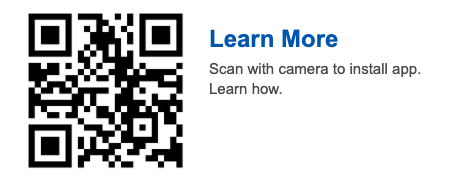
View the link below to be directed to the full NASA website which will have a lot of information:
TOP FIVE THINGS TO KNOW ABOUT NASA INTERNSHIPS
NASA INTERNS CONTRIBUTE TO NASA MISSIONS!
Interns are integrated in NASA teams and assigned to authentic projects.
PRIOR EXPERIENCE IS NOT REQUIRED!
Although prior experience can be valuable and may be preferred for some projects, it is not a requirement for NASA internships.
MOST INTERNS RECEIVE A STIPEND AWARD!
The stipend award amount is based on student's academic level and the length of internship.
NASA INTERN PROJECTS ARE AVAILABLE IN THREE SESSIONS.
Interns are selected and placed in projects for fall, spring and summer sessions at any NASA location.
ONE APPLICATION CAN BE VIEWED AGENCYWIDE.
Students complete one application that is viewed by mentors agencywide.
Funding
- Undergraduate Students: $7,300
- Graduate Students: $9,000
*All students receive an additional $500 for travel costs
Eligibility
- U.S. Citizen
- Minimum GPA of 3.0
- Student enrolled with an affiliated university
How to Apply
- Summer positions have an application period of October-March 1st
- Although summer positions are most popular with students, NASA internships are awarded each semester
- It is in your best interest to finalize your application as soon as possible, as NASA begins making offers prior to the official application deadline
- Note: To be eligible to receive INSGC funding for NASA internships, your application must be submitted to NASA by February 1st
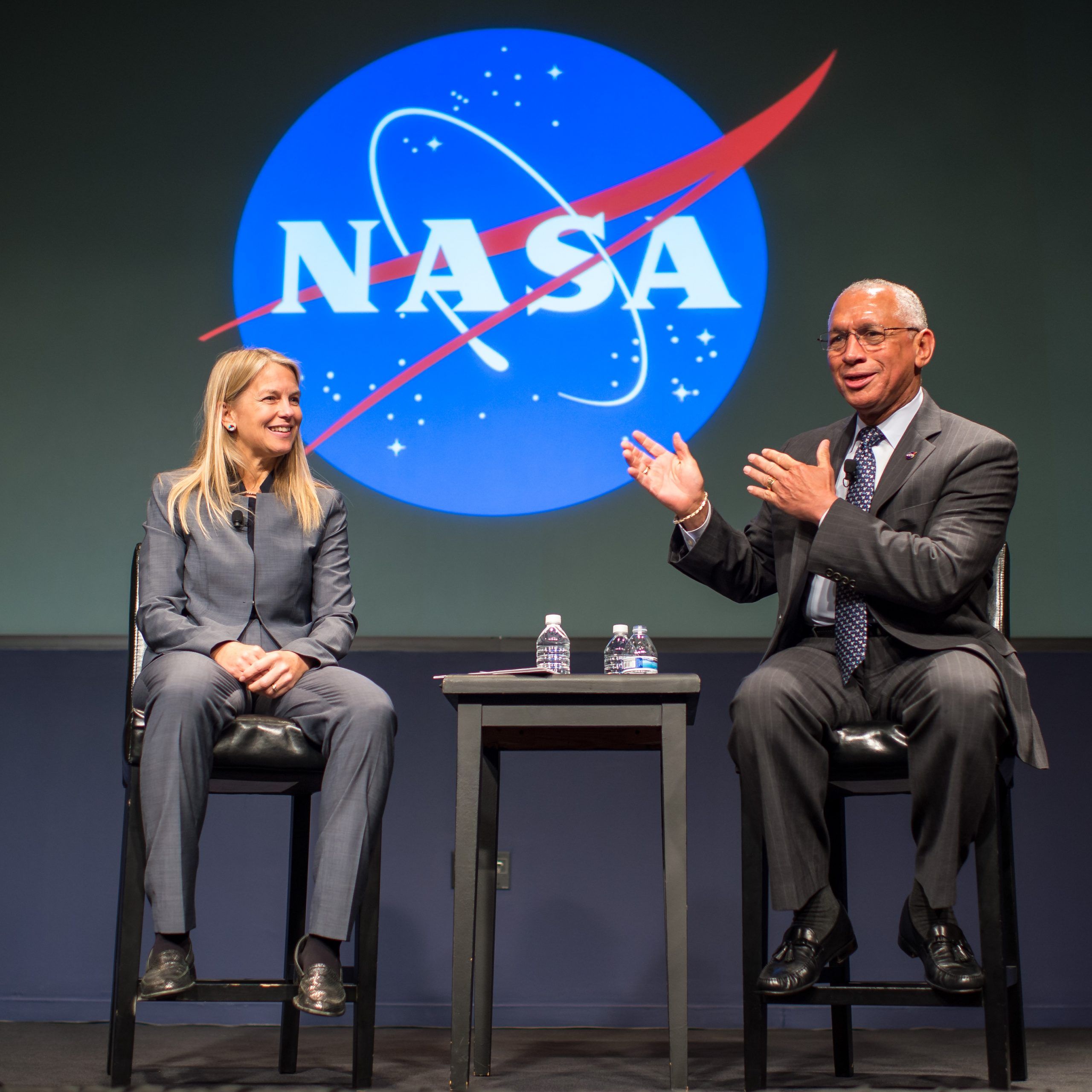
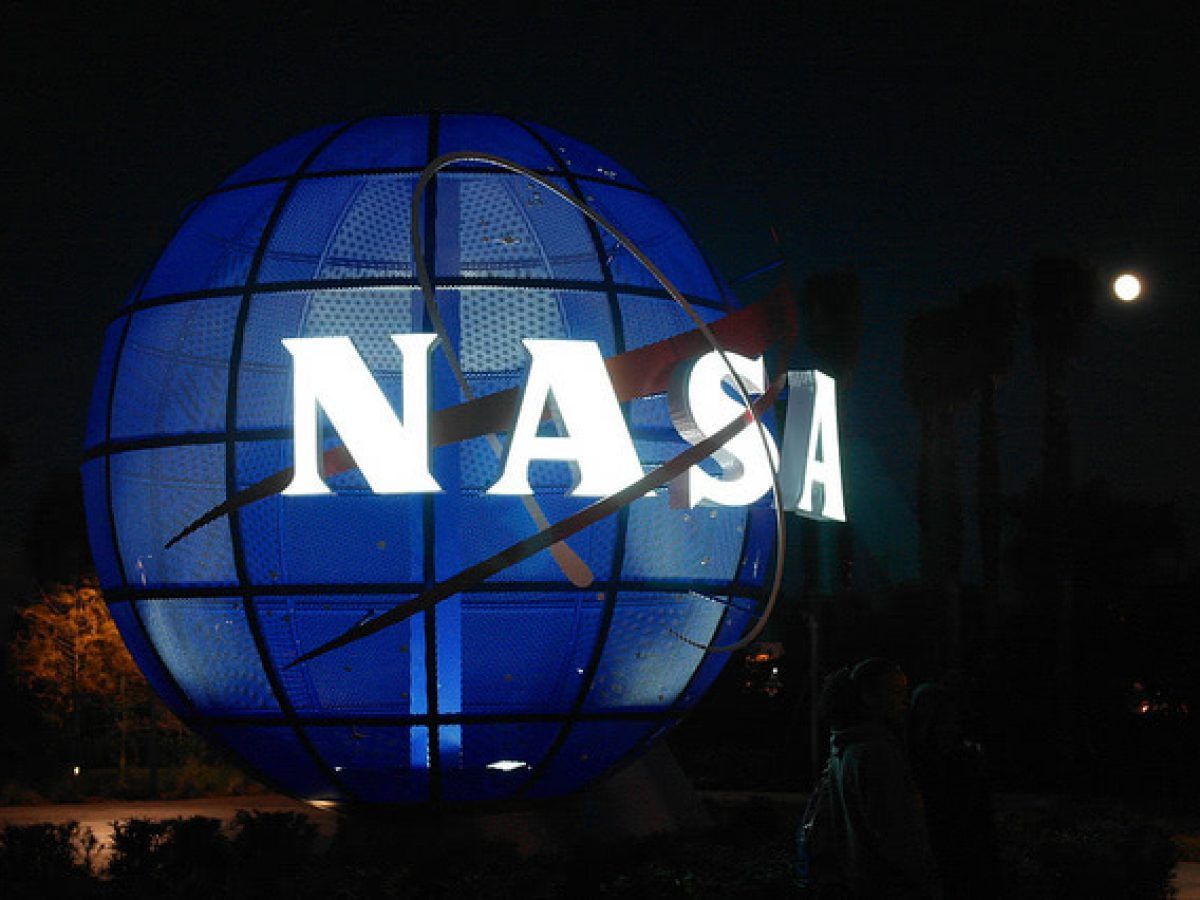
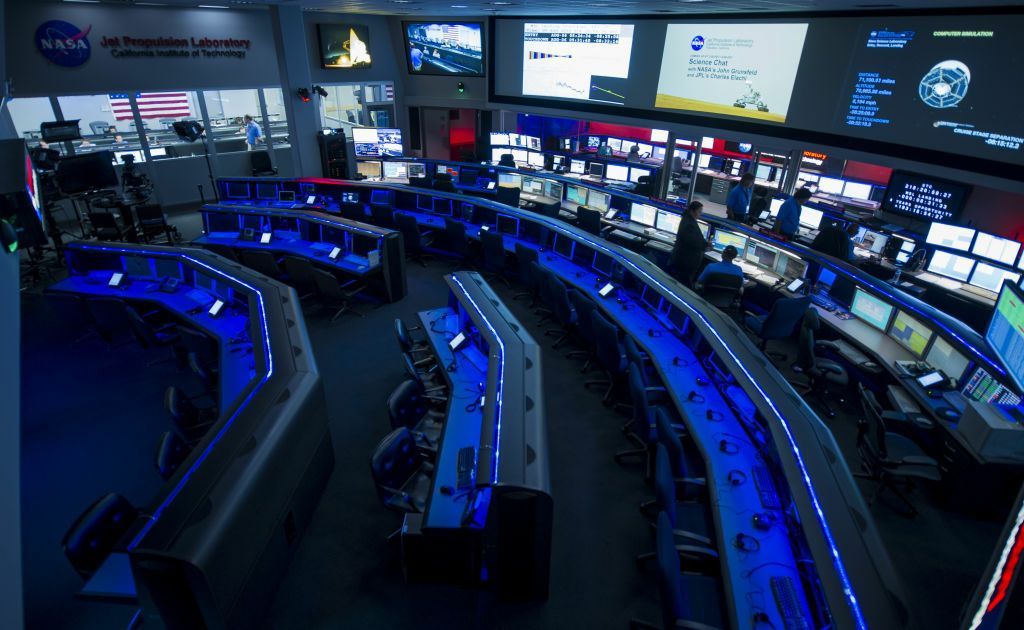
10 Things You Can Do Now to Prepare for a NASA Internship
1. Apply at intern.nasa.gov
If you are ready to begin your NASA internship journey, the most important part of the process is your application. Before you start, make sure you meet the preliminary qualifications:
- U.S. Citizen
- Cumulative 3.0 GPA (on a 4.0 scale)
- Full-time student (high school through graduate)
- 16 years of age at the time of application (no exceptions)
You can apply to up to 15 projects per session. Do not forget to upload your resume--while this is optional, it is highly recommended. If you are an international student, check out NASA Intern and Fellow Opportunities for International Students.
2. Seek a mentor
Each NASA intern is paired with a mentor for their project, so understanding the mentor-mentee relationship beforehand will help you get the most out of your internship. Find a professional who can offer advice and guidance in your career. While a mentor from your desired industry will be able to provide you with job-specific knowledge, you can look for help outside of your industry, too. You may find a mentor at your school, place of worship, current job, or through a family friend. Do not be afraid to reach out to different people. Take the initiative. You might be surprised by how many people are willing to help.
3. Get involved
Valuable experience does not just come from jobs. Look for clubs and organizations to join at your school. Many schools have industry-specific organizations that allow you to learn more about your chosen career field while meeting other students with similar interests. Keep an eye out for projects you can participate in—you can find business, science, and engineering fairs all over the U.S. For NASA project opportunities, check out NASA’s Artemis Student Challenges. These challenges are designed for students from middle school to college, and participants get to incorporate elements from the Artemis program into their projects!
4. Do your research
No matter how much you already know about NASA, do some research before submitting your application. Learn more about NASA’s history, mission, and projects. NASA offers hundreds of internships each semester, so take the time to learn more about the projects you may be interested in pursuing. Lastly, do not forget to research the center you’re applying to. If you are given the opportunity to interview for a role, showing you did your research will make an impression!
5. Gain experience
While some NASA interns may not have prior work experience, most have completed one or more internships before coming to NASA. Stop by your school’s career center or search for internships online to see what opportunities might be available to you. If you cannot complete an internship, holding a part-time job (even if it’s outside of your industry) is a great way to gain professional experience. Previous work experience can make your application stand out, and you will gain valuable skills that will help you during a NASA internship! Working on research or volunteer projects, whether it is through your school or on your own, are also great additions to your resume.
6. Visit NASA’s Office of STEM Engagement
NASA’s Office of STEM Engagement (or OSTEM) seeks to create opportunities for students and the public to contribute to NASA’s mission. You can look at past projects and challenges as well as resources for students and educators. OSTEM also produces the NASA EXPRESS newsletter. Sign up today to keep up with the latest STEM opportunities and activities from NASA and its partners!
7. Network
Building a professional network can open the door to professional opportunities and learning experiences. Networking allows you to form relationships with people who can help you in your career. Think of networking as an ongoing process. It takes time to build a solid network, so the earlier you start, the better results you may have. Not sure where to begin? Start by reaching out to alumni from your school who work in your chosen career field. They have been where you are now and will likely be happy to connect. You may even find alumni currently working at NASA!
8. Look at community college and high school opportunities
Did you know that NASA has opportunities for community college and high school students? National Community College Aerospace Scholars (NCAS) is a program for community college students interested in exploring STEM careers. Chosen students will participate in a five-week online workshop, consisting of discussions, live video chats with NASA experts and mission design challenges. If you want to go virtual, L'SPACE Academy is a free, online, interactive program open to undergraduate STEM majors interested in pursuing a career with NASA. Tip: Apply to internships, NCAS, and L’SPACE Academy simultaneously to increase your chances of getting involved at NASA.
9. Apply to the Pathways Program
NASA’s Pathways Program is similar to a co-op opportunity, where current students are provided with paid work experiences and development opportunities for multiple semesters. The NASA Pathways Intern Employment Program (IEP) is open to students currently enrolled in qualifying educational programs. If you are a recent or soon-to-be graduate, the NASA Pathways Recent Graduate Program (RGP) offers early career development. Pathways offers the chance to jump-start a NASA career, as it presents a path to NASA employment after program completion. You can apply to the Pathways Program and regular internships at the same time, but Pathways uses USAJOBS to collect applications. For guidance on your USAJOBS application, check out this video.
10. Keep trying
NASA gets tens of thousands of applications each year. If you do not get an internship offer the first time, keep trying! You can use your application for multiple semesters, but remember to update it with new experiences, projects, and transcripts. Reminder: You must be a current student to apply to internship opportunities.
NASA Pathways Employee
The Pathways Program offers clear paths to Federal internships for students from high school through post-graduate; career opportunities for recent graduates; and meaningful training and career development for individuals who are at the beginning of their Federal service.
Click here for additional information.
NASA National Community College Aerospace Scholar (NCAS) Program
Are you a community college student who dreams of having a Science, Technology, Engineering, Mathematics (STEM) career? Does it sound like fun to work on projects and share ideas with NASA engineers, educators, and scientists? Become a National Community College Aerospace Scholar (NCAS) and explore YOUR future!
The National Community College Aerospace Scholar (NCAS) Program encourages community college students to explore the exciting possibilities of careers in Science, Technology, Engineering, and Mathematics (STEM) by engaging them in an online and hands-on NASA based team experience. Through a competitive process, applicants are required to complete web-based modules in addition to meeting basic qualifications. Selected students embark upon a 3-day onsite robotics team design challenge at a NASA Center. With this exciting STEM based experience, they will work in teams to complete the challenge, tour the NASA facilities, and interact directly with NASA astronauts, engineers and scientists! All travel and accommodation expenses are paid at no cost to the student.
Click here for additional information.
NASA Aeronautics Scholarship Program
The NASA Aeronautics Scholarship Program is open to students majoring in aeronautics related fields. Undergraduates with at least two years of study remaining are eligible to receive up to $15,000/year for two years and a summer internship with a $10,000 stipend. Graduate student awards include up to $11,000 in tuition offset, $35,000 stipend/year for two years and a summer internship with a $10,000 stipend. Applications are due March 31.
Click here for additional information.
NASA Minority University Research Education Project (MUREP) Scholarship Program
The MUREP Scholarship is a competitive opportunity that focuses on underserved and underrepresented students in STEM disciplines attending a Minority Serving Institutions, MSI. The scholarship includes 75% of tuition up to a $9,000 per academic scholarship, based on tuition amount, and $6,000 for a summer internship. Applications are due March 3.
Click here for additional information.
NASA Jet Propulsion Laboratory Solar System Ambassadors Program
The NASA Jet Propulsion Laboratory Solar System Ambassadors (SSA) Program is a nationwide network of space enthusiast volunteers. The SSA Program builds on and expands the outstanding efforts undertaken by the Galileo mission since 1997. Because of the success of the original Galileo Ambassadors program, JPL missions exploring Jupiter, Saturn, Mars, Asteroids, Comets, Earth, the Sun and the Universe now come together to expand the program's scope to the Solar System and beyond.
Applications to become a Solar System Ambassador are accepted once a year during the month of September. Successful candidates begin their one-year, renewable term of service the following January 1.
The Announcement of Opportunity and application form will be available through September 1 - 30.
Click here for additional information.
Travel Funds Available for Undergraduate and Graduate Students
The Gerald A. Soffen Memorial Fund offers $500 travel grants to undergraduate and graduate students pursuing studies in fields of space science and engineering to attend professional meetings to present their research.
Click here for additional information.
NASA Space Technology Research Fellowships
- Open to students pursuing (or planning to pursue) Master's or Doctoral Degrees in relevant space technology disciplines
- U. S. citizens and permanent resident graduate student researchers are eligible to apply
- Up to $68,000 award per year for students (starting with the Fall Term)
Click here for additional information.
Federal Aviation Administration (FAA) Scholarships
Click here for additional information.
Aerospace States Association (ASA) Scholarship Program
Applicants must be an entering their sophomore or junior year and be enrolled in an undergraduate degree program pursuing study in the areas of physical sciences, engineering, or aviation or aerospace-related fields to be eligible for the $2,000 scholarship. Applications are due April 30.
Click here for additional information.
